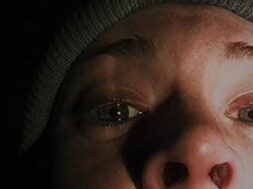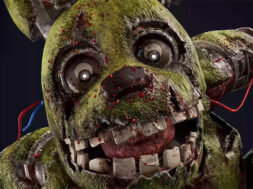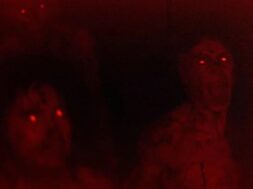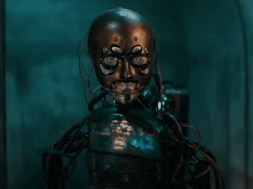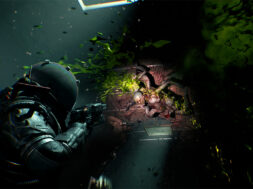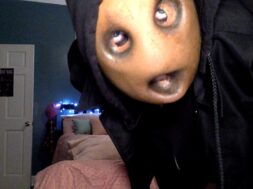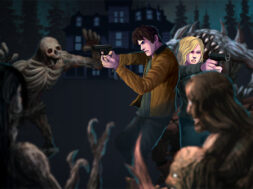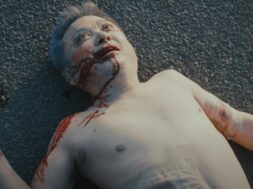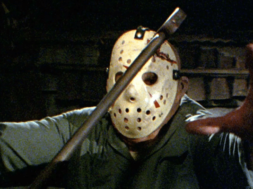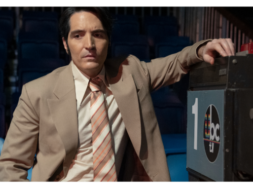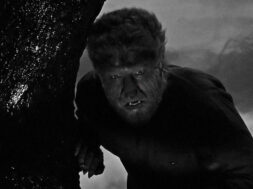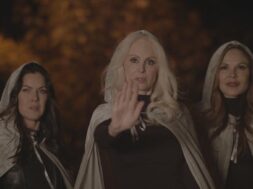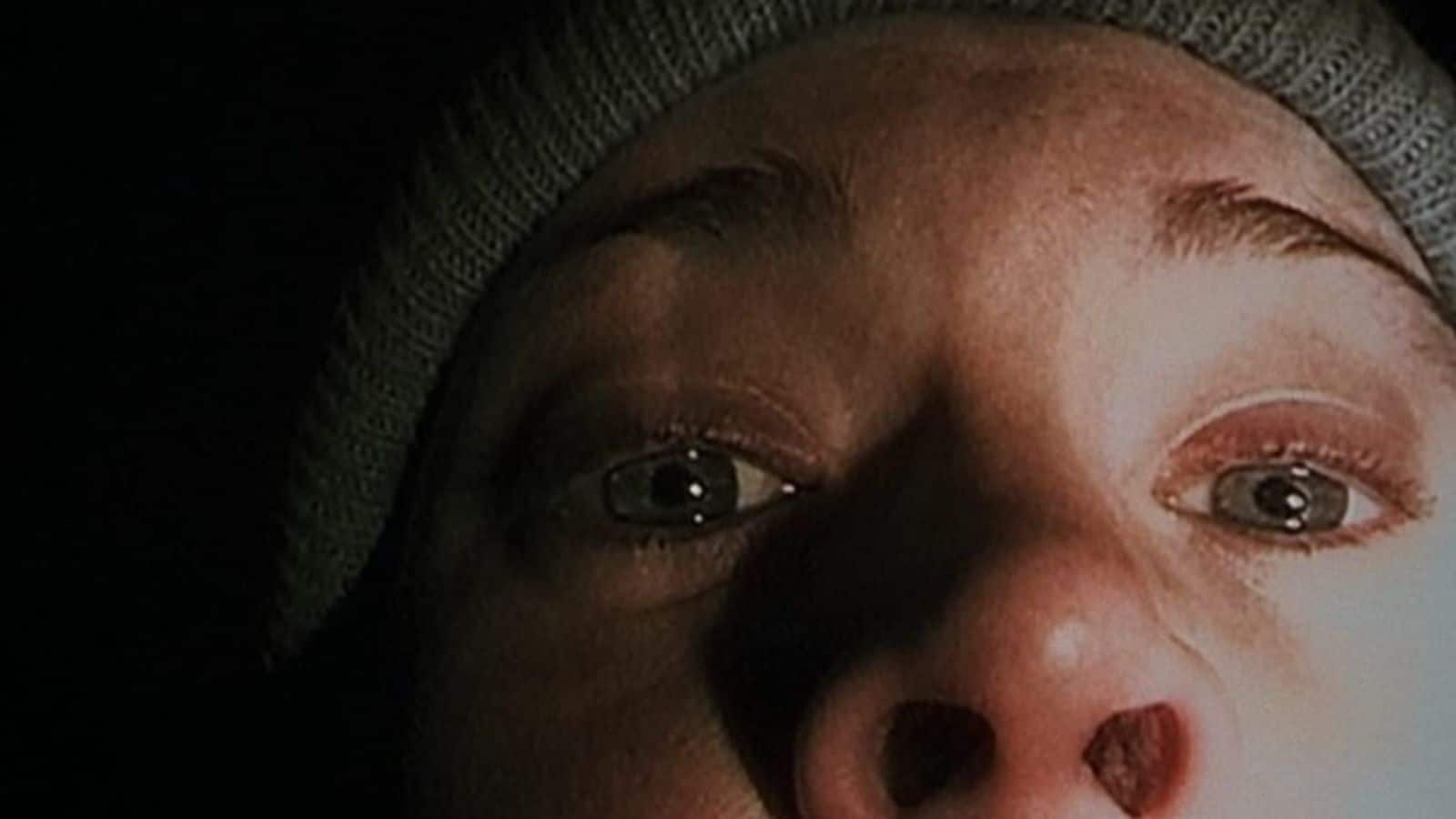
For 25 years, Daniel Myrick and Eduardo Sanchez’s The Blair Witch Project has cast a creepy spell on horror fans, its found footage aesthetic and unsettling realism worming its way into the genre’s consciousness in a way films with 100 times the budget could only dream of doing. Its success and, arguably, its effectiveness as a pop culture milestone, have never been equaled in the 25 years since its release.
And for 25 years, we’ve all been watching the wrong version.
That’s the assertion of producer Mike Monello, who’s been on Twitter this week bursting with excitement over Second Sight’s impending remaster of the 1999 film. “This edition marks the FIRST TIME the movie has been properly transferred and released in the way it was intended to be seen,” Monello says. “It finally looks the way it did to us when we were editing the film.”
So what’s different about this new release? Monello goes into detail on Twitter (as does Blair Witch Project production designer Ben Rock), but put simply: after filming, the Blair Witch Project crew took their 16mm b&w footage and their Hi-8 video color footage, transferred it all to BetaSP (the standard — and standard-definition — broadcast format of the day), edited the whole thing on tape, output that video to tape, then transferred that master tape to 35mm, which was what was projected in theaters (who, at the time, were not yet projecting digitally).
When it came time to release the film to DVD, that same 35mm print was transferred back to a video master, which is what was used for the home video release. Anyone who’s dubbed a copy of a copy of a videotape can imagine the filmmaker’s horror. In the decades since, streaming files have added incorrect aspect ratios and less-than-optimal digital compression to the list of crimes against the film.
And so the new version has gone back to the source elements: the 16mm footage and the Hi-8 video. Disc producer Phillip Escott notes on Twitter that this meant not simply remastering, but reconstructing the film from scratch, taking great pains to match the original frame-for-frame. The team effuses that what they’ve unearthed will blow away anyone familiar with the film as it’s existed for a quarter century, promising an enhanced level of detail, a surprising amount of depth and a rich color palette that’s been heretofore absent from the film. In a message to FANGORIA, Monello elaborates: “The creative goal/mission of the remaster is not to get the clearest, cleanest details – that would go against the authenticity of the movie. We aim to make it look like 1994-era home video on today’s 4K panels, which display images much differently than old CRT screens.”
But how will it land with viewers? There’s an argument that the “copy-of-a-copy” level of image degradation lamented by Monello actually enhanced the experience some of us recall in theaters in 1999. The dupe-y, at-times messy image quality fed the vibe that we were really watching something cursed, a nightmare unfolding on footage that looked truly lost before it was found. A pristine version might well break the spell the film has cast on so many of us.
Thankfully, this is not a Star Wars Special Edition-type situation, in which the original is being buried forever: the Second Sight set includes the version we all remember. This means the set will stand as both a historical document and a compelling journey into the fascinating, often mysterious space between an artist’s intentions and the final result.
If this intrigues you (and you can play Region B Blu-rays), you can nab your copy here.
